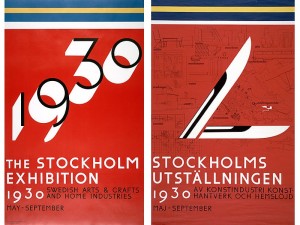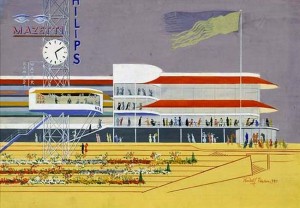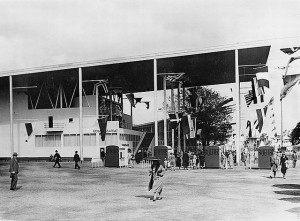The Stockholm Exhibition of 1930 was a key moment in Gunnar Asplund’s career, as it the stage that allowed him to truly express his thoughts on Swedish architecture at the time and how to move forward. He viewed a need for a style that is called functionalism, in that the design itself was there to serve a functional purpose. It was from this exhibition that the efficient design that encompasses Scandinavian architecture and the inherent productivity that it promotes was born.


Asplund and Lewerentz were the two chief architects and the main events of this exhibition. The entire idea that encompassed the entire event was functionalism that would be applied not to just architecture but to the means of production and the products itself to improve the quality of life for the citizens of Sweden. Ideas such as open windows for lighting to mass production of food were a part of many other messages that were discussed during the event. It was a call for Sweden to come into the 20th century with a forward perspective and become a modernized nation with modern designs that could be used. its

An interesting method of getting this point across was the exhibition itself was designed to be a reflection of functionalism. The restaurants and venues designed by Asplund were features that reflected his views on functionalism also. The sleek stripped down style was a departure from old archaic designs that reflected the last century as Asplund implements large windows and large entrances to allow for the sense of openness and modernity that we see still see in architecture today.
Years after this exhibition, the idea of Sweden modernizing swept through the nation. It took over in a large fashion and the effects are still seen to this day. The idea of efficiency is often attributed to these Nordic countries which is part of the reason they are so often quoted by your friend who will say “Well in Sweden…” or “I heard in Norway that…” and follows with a statement about the design of their lifestyles and infrastructure. Much of these ideas stemmed from this single convention and is a unique part of Nordic culture that can be attributed to Asplund’s idea of functionalism.